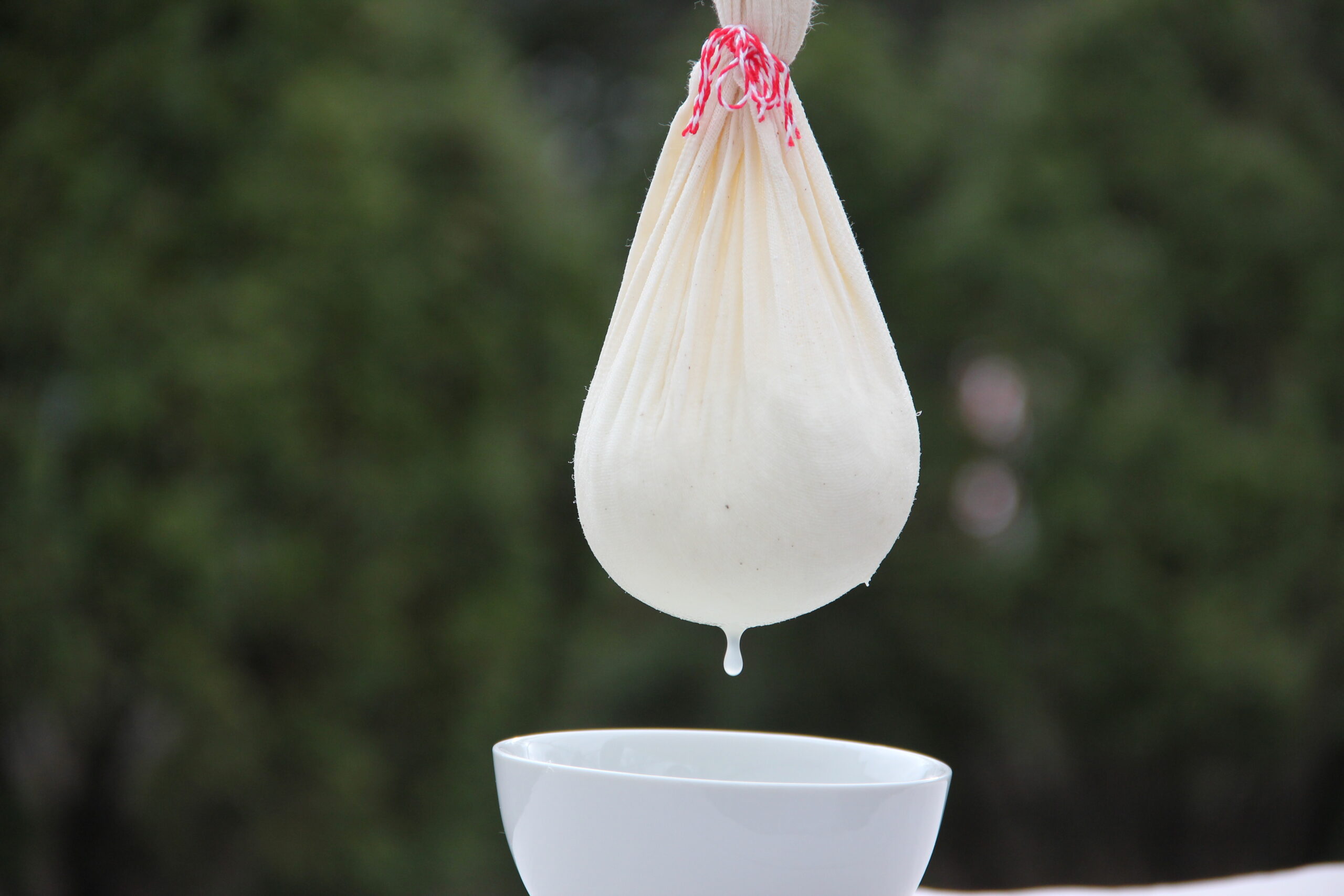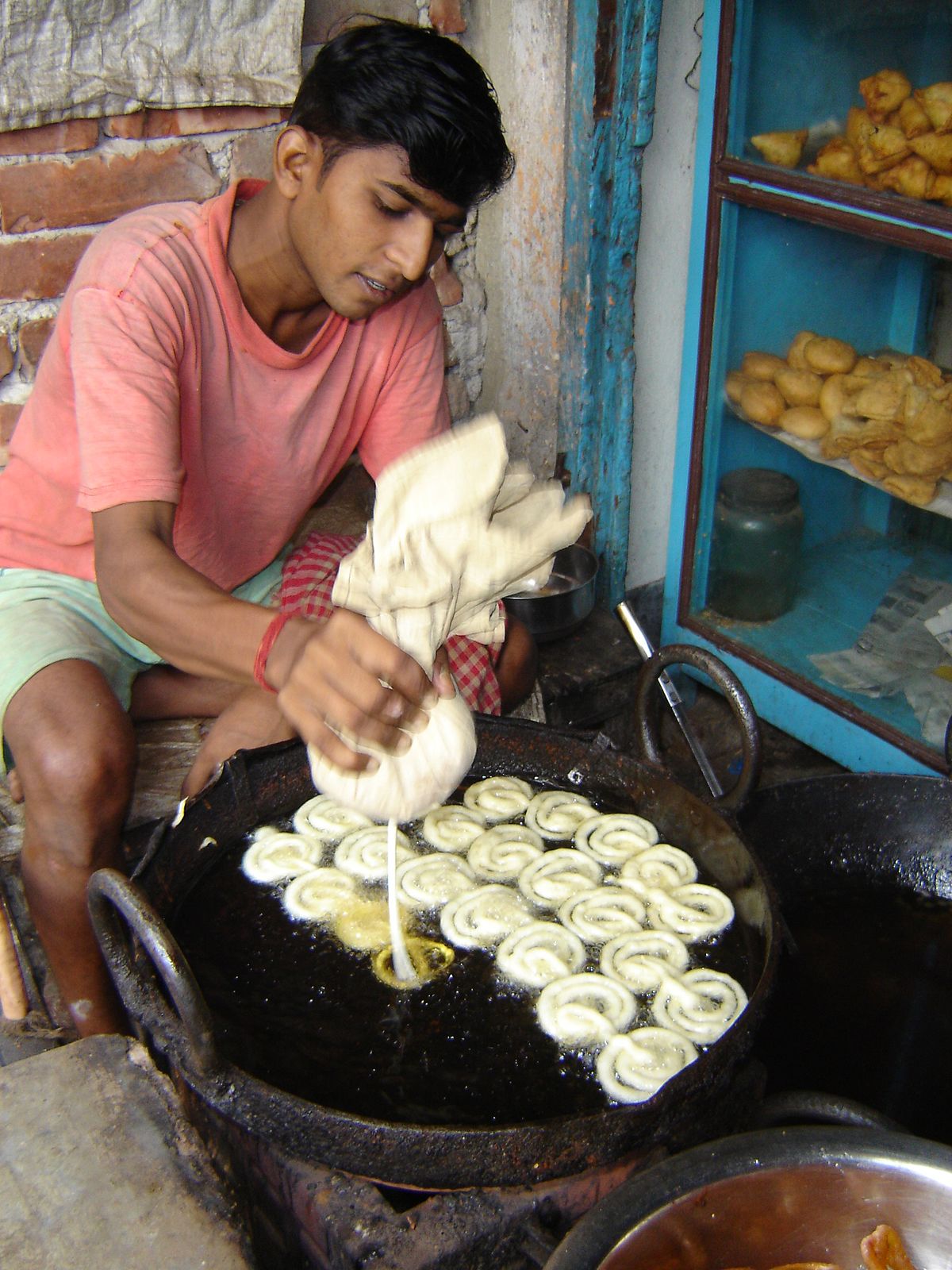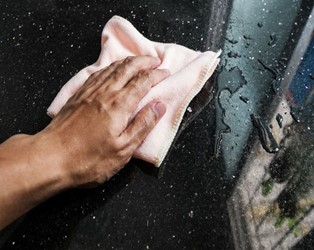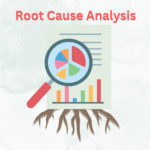There are innumerable sources of hazards that are counted in food/catering industry, one of them being food contact surface. The typical method of cleaning such surfaces is disposable paper towels but reusable “Cloth” is a common replacement specially in India. But this adds another dimension to the issue of contamination. If not managed properly it can be a potential source of the hazard which could turn disastrous for the product and consumer’s safety.
Cloths can be one of the top causes of cross contamination in the kitchen. It is essential to use them properly to prevent microbes from spreading. NSF- National Sanitation Foundation in their survey of US homes found 77% of sponges and dish cloths contaminated with coliform bacteria, 86 % had yeast and mold growth and 18 % had Staphylococcus bacteria.
Kansas State University, conducted a food safety study using video observation of food handlers touching the kitchen towels without doing thorough hand wash or using towels after washing their hands inadequately. Even after properly washing their hands, they would reuse the infected towels and contaminate themselves all over again. Researchers believe cloth towels can quickly and easily become contaminated at significant levels.

Why are cloths unsafe?
- Unclean cloths may have high bacterial load and allergens.
- Improper cleaning, washing, disinfecting and drying can increase the risk of contamination.
- Cleaning cloths generally get damp, and if left as it is, they can provide ideal conditions for germs to grow
Other researchers in the study also found that, Salmonella (bacteria that is found in the raw meat) was also found on the cloth even after washing. The researchers recommended to either wash and disinfect the cloth after every use or to rather use a paper towel and discard it after every use. But using single use paper towels has its own consequences both on the economic and environmental front. Country like India being famous for its street food outlets this would be a question of the decade when our country is still counted as a developing country.
In India many small scale businesses and catering vendors use cloth not just for cleaning, but also as a tool for the production process. For making desserts like jalebi, the batter is poured in the cloth to make the cone. During preparation of dum biriyani cloth is used for sealing of lids replacing the traditional dough sealing method. For Idly preparation cloth is cut into pieces, then used on mold trays followed by pouring the batter. In milk industry the coagulated milk (chenna) separation is still done in a traditional manner by using cloth.

Can’t avoid the cloth? Here are some rules to follow
There must be a written SOP for handling, monitoring and cleaning these cloths to control it from becoming a source of a physical or a biological hazard. Cloth which is coming in direct food contact with food should be washed after every session. It would be even better if you can find tools made of stainless steel to avoid the cloth completely.
You can minimize the chances of cross contamination through the standard method of segregation of cleaning cloth. Do not use the same cloth for all the purposes during the operations. Cloths used for cleaning surfaces and those used during the preparations can be appropriately colour coded. Another way to segregate the cloth is based on the area in which it is being used. All the cleaning cloths should be washed and disinfected thoroughly after use. Cloth used for cleaning the food contact services must be lint free and should not leach any colour. Muslin cloth is a good choice for use during various cooking processes. But again cloths require regular monitoring to avoid the chances of contamination through wear and tear or dirt accumulation.
Following are the steps to avoid the cleaning cloths from becoming a food safety hazard
- Colour coding the cloths with their specified use can help in reducing the chances of cross contamination to a great deal. For example, green colour cloth can be used for veg areas and red colour cloth can be used for non veg handling areas.
- Use hot water with temperature between 820C to 850C for washing and disinfecting the cloths. Alternatively 100ppm of chlorine solution may be used for disinfecting the cloth. Cloths should be air dried properly before their next use.
A well written SOP and policy may help a great deal in controlling the possible hazards through cleaning cloths. The policy should be detailed and include the cleaning method, list of cleaning chemicals and the required concentration, and process to follow. It is very important to train the staff members about the SOPs and policies to ensure proper flow of the system.
A happy customer is an achievement and assuring them that the food is prepared in a safe and hygienic production area where the quality standards are up to the mark, is critical. As the saying goes that “food safety is everyone’s business”. It is key to pay attention to every minute detail of the practice that goes around in your food handling areas to ensure that the food that you serve to your customer is safe. A humble cloth can make a big difference.

Author: Smriti Soman is a Food Technologist and goes to quite an extent to tell the food businesses what they can do to improve the food safety and hygiene. She is a Senior Associate Consultant at Food Safety Works and regularly audits food businesses to check on their compliance.








